When Was The Digital Camera Made ?
The first digital camera was invented in 1975 by Steven Sasson, an engineer at Eastman Kodak. However, it was not until the 1990s that digital cameras became widely available to consumers.
1、 Invention of the first digital camera in 1975
The invention of the first digital camera dates back to 1975 when Steven Sasson, an engineer at Eastman Kodak, created a prototype that weighed 8 pounds and captured black and white images at a resolution of 0.01 megapixels. The device used a CCD sensor to convert light into digital signals that were stored on a cassette tape. Although the prototype was not very practical, it marked the beginning of a new era in photography.
Over the next few decades, digital cameras evolved rapidly, becoming smaller, lighter, and more powerful. In the 1990s, consumer-grade digital cameras started to appear on the market, offering resolutions of up to 1 megapixel and the ability to store images on removable memory cards. By the early 2000s, digital cameras had become mainstream, and film cameras were rapidly becoming obsolete.
Today, digital cameras are ubiquitous, and they come in a wide range of shapes, sizes, and capabilities. From compact point-and-shoot cameras to professional-grade DSLRs and mirrorless cameras, there is a digital camera for every need and budget. The latest digital cameras offer resolutions of up to 100 megapixels, fast autofocus systems, and advanced features such as 4K video recording, built-in Wi-Fi, and GPS.
Despite the rise of smartphones with increasingly capable cameras, digital cameras remain popular among enthusiasts and professionals who demand the highest quality and flexibility. While the future of digital cameras is uncertain, it is clear that they have revolutionized the way we capture and share images, and they will continue to do so for years to come.
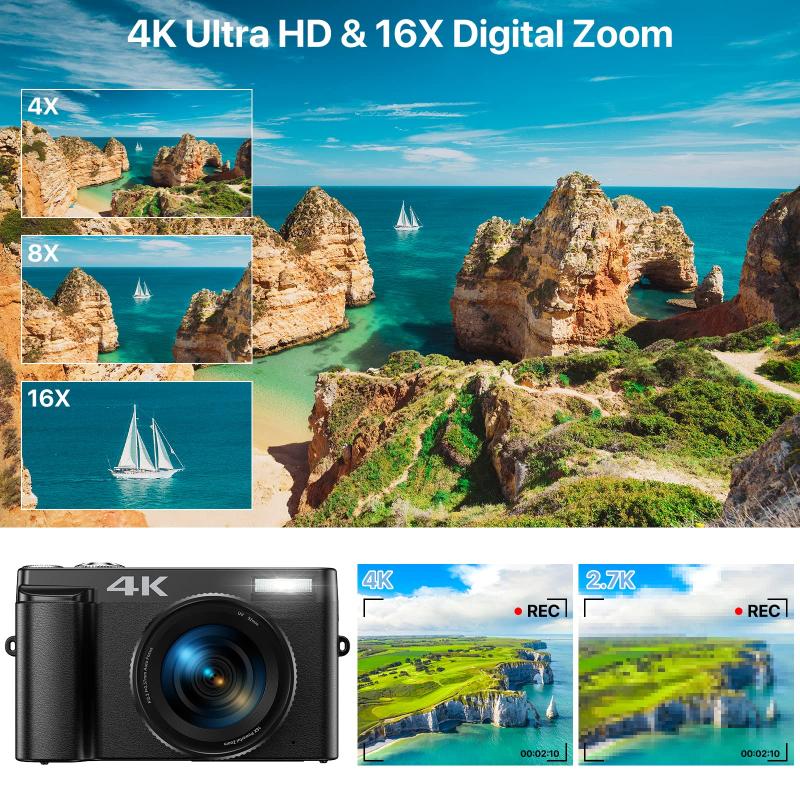
2、 Evolution of digital camera technology
When was the digital camera made? The first digital camera was invented in 1975 by Steven Sasson, an engineer at Eastman Kodak. However, it was not until the 1990s that digital cameras became widely available to consumers. These early digital cameras were bulky and expensive, with low resolution and limited storage capacity.
Over the years, digital camera technology has evolved significantly. Today's digital cameras are smaller, lighter, and more affordable than ever before. They offer high resolution, fast autofocus, and advanced features such as image stabilization and face detection.
One of the most significant advancements in digital camera technology in recent years has been the rise of mirrorless cameras. These cameras do not have a mirror to reflect light into the viewfinder, which allows them to be smaller and lighter than traditional DSLR cameras. Mirrorless cameras also offer faster autofocus and continuous shooting speeds, making them popular among professional photographers and enthusiasts alike.
Another trend in digital camera technology is the integration of smartphone features. Many digital cameras now offer Wi-Fi and Bluetooth connectivity, allowing users to easily transfer photos to their smartphones or other devices. Some cameras even have built-in touchscreens and the ability to download apps, making them more like smartphones than traditional cameras.
Overall, the evolution of digital camera technology has made photography more accessible and convenient than ever before. Whether you're a professional photographer or just someone who enjoys taking photos, there is a digital camera out there that can meet your needs.
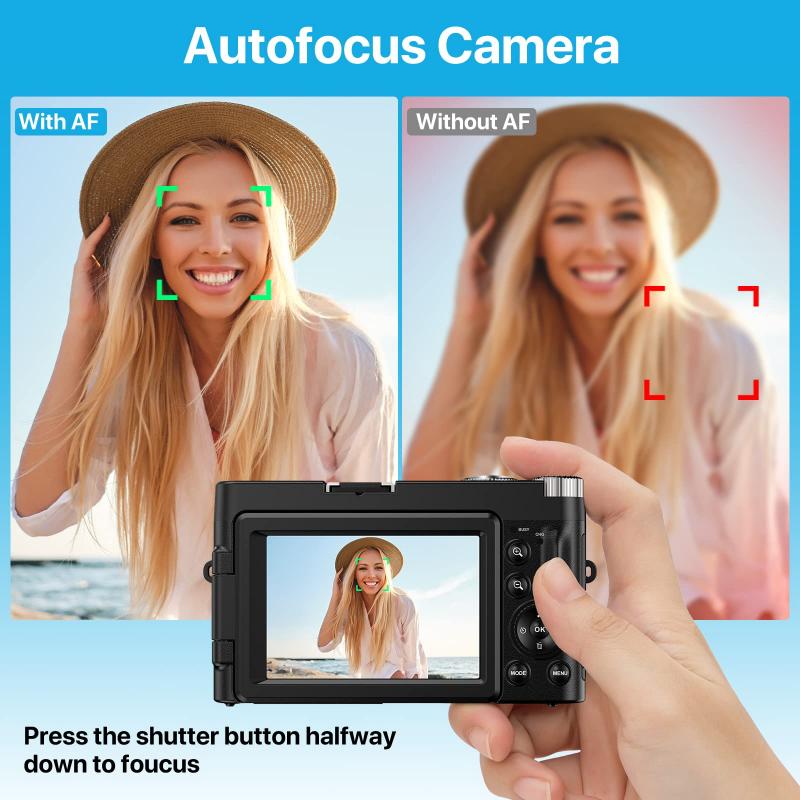
3、 Types of digital cameras
When was the digital camera made?
The first digital camera was invented in 1975 by Steven Sasson, an engineer at Eastman Kodak. However, it was not until the 1990s that digital cameras became widely available to consumers. The first consumer digital camera was the Apple QuickTake 100, released in 1994. It had a resolution of 640x480 pixels and could store up to eight images.
Since then, digital cameras have come a long way. Today, there are many different types of digital cameras available, including point-and-shoot cameras, mirrorless cameras, and DSLRs. Point-and-shoot cameras are small and easy to use, while mirrorless cameras and DSLRs offer more advanced features and interchangeable lenses.
In recent years, smartphone cameras have become increasingly popular, with many people using their phones as their primary camera. Smartphone cameras have improved dramatically in recent years, with some models offering multiple lenses and advanced features like night mode and portrait mode.
Overall, digital cameras have revolutionized the way we take and share photos. They have made photography more accessible and affordable, and have allowed us to capture and preserve memories in ways that were not possible before.
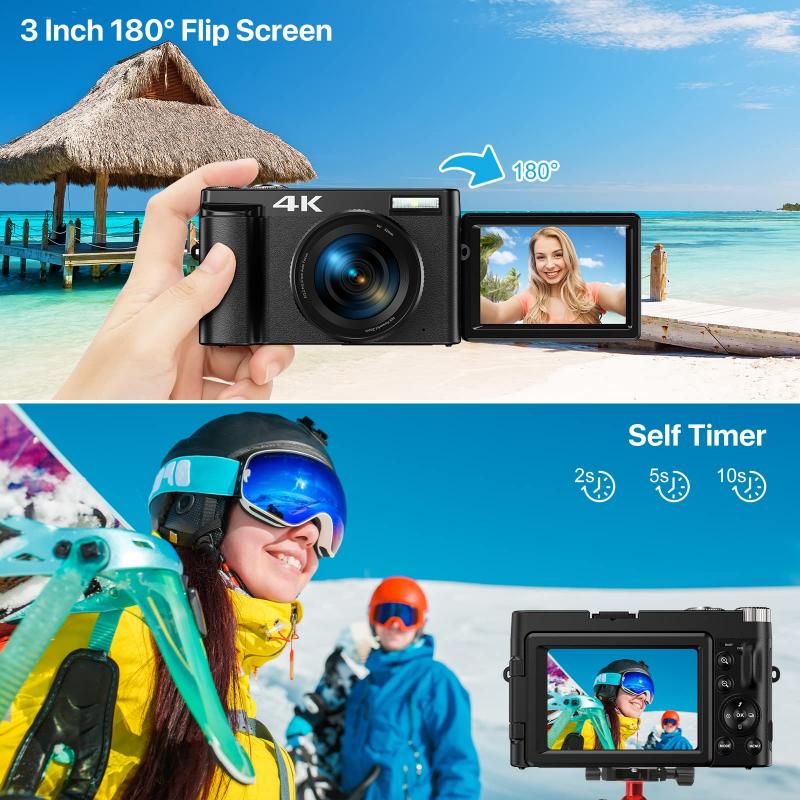
4、 Advantages of digital cameras over film cameras
Advantages of digital cameras over film cameras:
Digital cameras have revolutionized the way we take and store photographs. Here are some of the advantages of digital cameras over film cameras:
1. Instant feedback: With digital cameras, you can see the image you have just taken immediately on the camera's LCD screen. This allows you to make adjustments to the exposure, focus, and composition on the spot, ensuring that you get the shot you want.
2. Cost-effective: Digital cameras eliminate the need for film, which can be expensive to buy and develop. With a digital camera, you can take as many photos as you want without worrying about the cost.
3. Easy to share: Digital photos can be easily shared with friends and family via email, social media, or cloud storage. You can also print your photos at home or at a photo lab.
4. Editing capabilities: Digital photos can be easily edited using software such as Adobe Photoshop or Lightroom. This allows you to adjust the exposure, color, and sharpness of your photos, as well as remove unwanted elements.
5. High-quality images: Digital cameras have come a long way in terms of image quality. The latest digital cameras can produce images with high resolution, dynamic range, and low noise, making them suitable for professional use.
When was the digital camera made?
The first digital camera was invented in 1975 by Steven Sasson, an engineer at Eastman Kodak. However, it was not until the 1990s that digital cameras became widely available to consumers. Since then, digital cameras have continued to evolve, with new features and technologies being added with each new generation. Today, digital cameras are an essential tool for photographers of all levels, from amateur hobbyists to professional photographers.








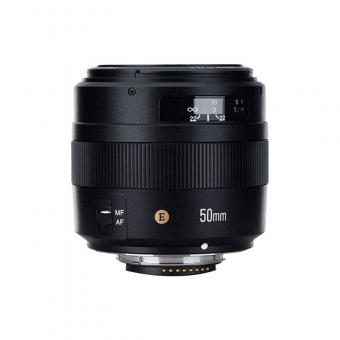


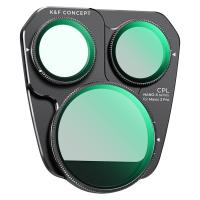
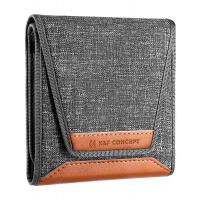
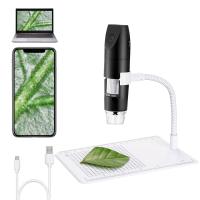
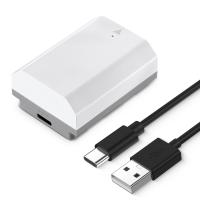





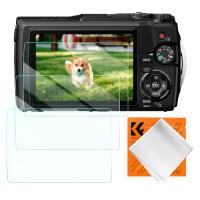






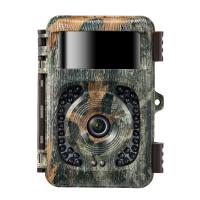



There are no comments for this blog.